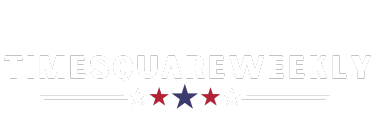In his recent address at the European Central Bank’s annual conference in Sintra, Portugal, Jerome H. Powell, the chair of the Federal Reserve, shared a positive outlook on the current state of inflation in the United States. He mentioned that inflation was showing signs of cooling down and resuming its disinflationary trend, indicating progress towards the Fed’s goal.
Powell emphasized the Fed’s commitment to monitor inflation data before considering any adjustments to interest rates, which are currently at 5.3 percent. While he did not specify a timeline for rate cuts, he hinted that a decrease could be on the horizon if inflation continues to decline or if there are signs of weakening in the labor market.
Christine Lagarde, the president of the European Central Bank, echoed Powell’s sentiments by mentioning that European policymakers were also cautious about rushing into rate cuts. While inflation is trending in the right direction, Lagarde emphasized the importance of continuously reassessing economic data to make informed decisions.
Both the United States and Europe have witnessed a slowdown in inflation over the past year and a half, prompting central bankers to carefully balance efforts to curb price pressures. The Fed’s preferred inflation measure stood at 2.6 percent in May, while the eurozone’s annual inflation rate dropped to 2.5 percent in June.
As the global economy navigates through uncertain times, policymakers are cognizant of the risks associated with both early and late interventions in adjusting interest rates. Powell emphasized the need for a cautious approach to ensure a balanced economic outcome.
The discussion at the conference revolved around the recent surge in inflation caused by a mix of supply shocks and increased demand due to various geopolitical and economic factors. As central banks continue to monitor these developments, the path forward remains complex, requiring a delicate balance between policy adjustments and economic stability.








